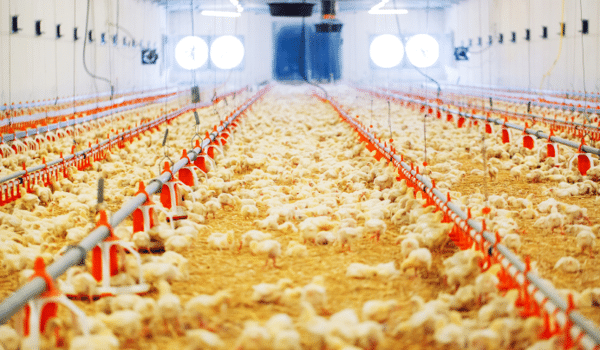The demand for chicken meat is likely to double by 2050. Broiler grows rapidly, and their requirements for energy and nutrients change as they grow. Succesfull broiler production revolves around ensuring that the birds consume optimal quantities of energy and nutrients on each day of the production cycle. There are 4 major reasons for poor performance : the bird itself (chick quality), environment, management, disease and nutrition.
Because feed costs can represent up to 70% of the total production cost (Alqaisi et al., 2017), it is necessary to seek ways to optimize the consumption and availability of nutrients for the animal in each of its stages. A typical fast-growing broiler of 42 day old will be fed with 4 diets : a starter from 0-10d, a grower 1 from 11-28d, a grower 2 from 29-35d and a finisher from 36-42d. Diets are split into several feeding phases to optimise the use of feed. These divisions are based on the physiological and metabolic processes of the animal, aiming to provide the bird with the necessary amount of nutrients at a certain age and to avoid waste or overfeeding (Bailey, 2020).
As an example, providing the proper levels and balance of macro minerals are important to support growth, skeletal development, the immune system, and FCR, as well as to maintain litter quality. They are particularly important in high-performing broilers. The macro minerals involved are calcium, phosphorus, sodium, potassium, and chloride. Calcium and phosphorous are particularly important for proper skeletal development. They represent the 1st and 2nd minerals most abondant in the body. Properly manage their incorporation and absorption is one of the key succesfull meet broiler growth and well-being.
